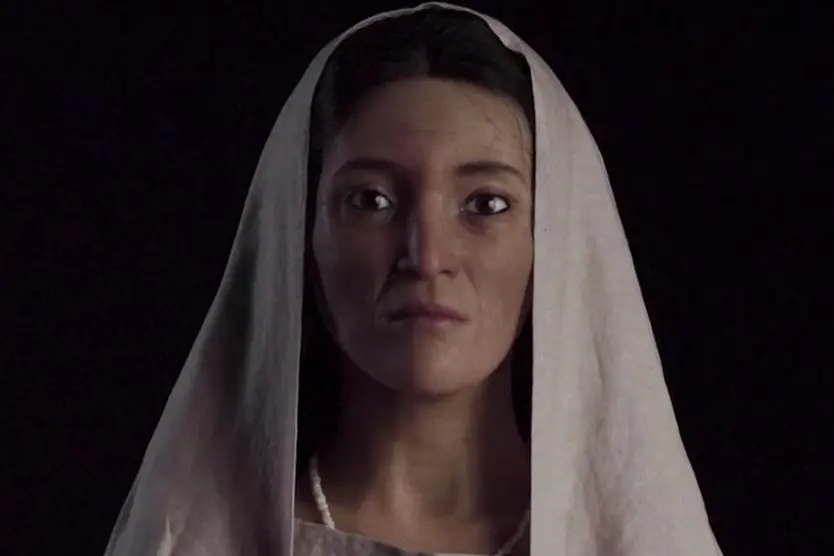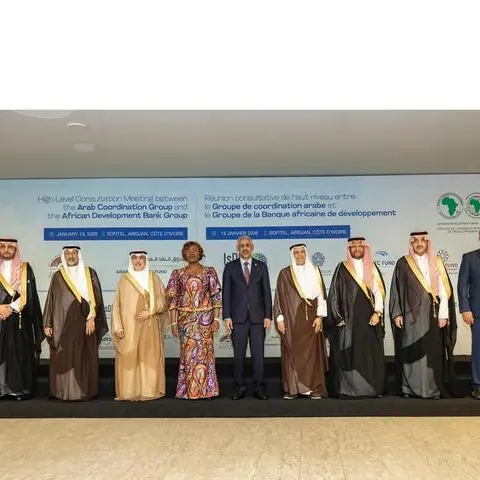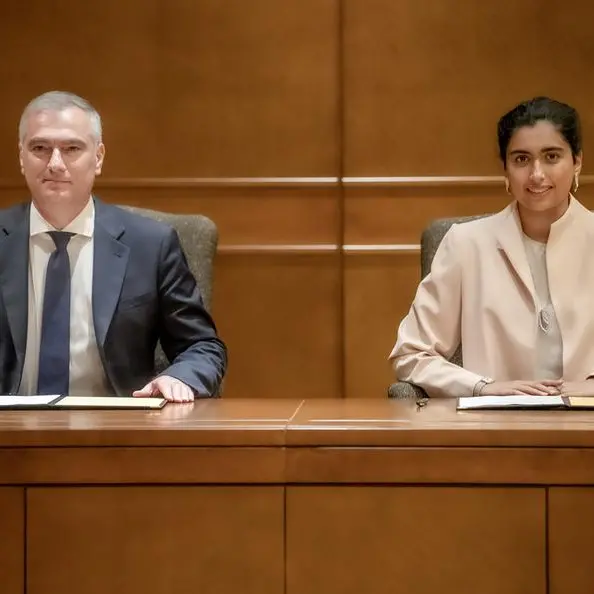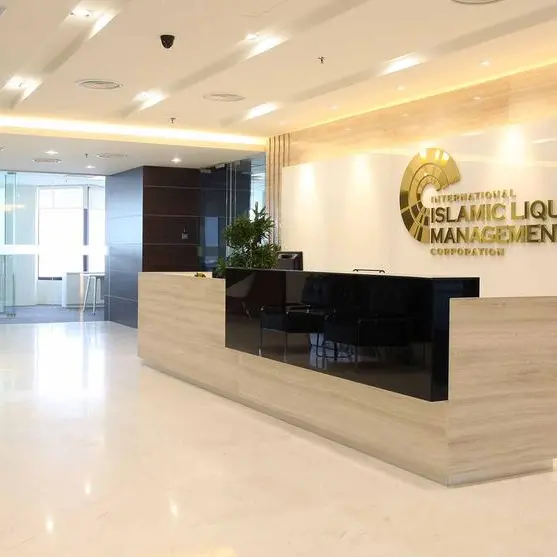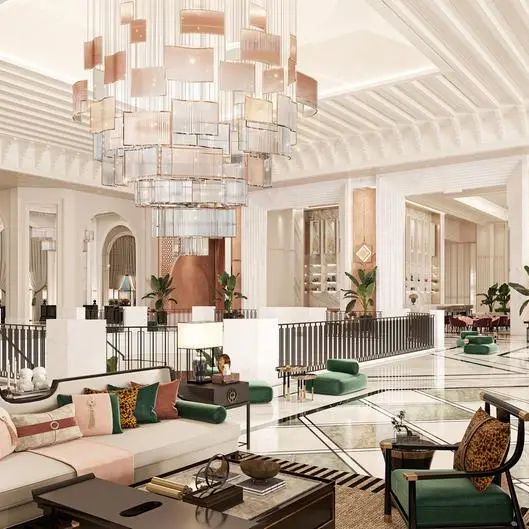PHOTO
- Team of specialists in the fields of archaeology, forensic science and modelmaking complete first known reconstruction of ancient Nabataean woman discovered at Hegra, a UNESCO World Heritage Site that was once a vibrant city for this North Arabian kingdom, which dominated the historic Incense Road
- The Nabataean woman, known as ‘Hinat’ is thought to have lived around the first century BCE and has lay for over 2,000 years in a Hegra tomb.
A team of archaeologists and academics in the fields of forensic science and modelmaking working under the umbrella of the Royal Commission for AlUla (RCU) has, for what is believed to be the first time ever, reconstructed the face of an ancient woman, a member of the fascinating Nabataean civilisation.
The Nabataean woman is known as ‘Hinat’, and is thought to have been a prominent woman who died around the first century BCE and lay for over 2,000 years in a Hegra tomb in Saudi Arabia.
The reconstruction is being displayed at the Hegra Welcome Centre in AlUla from Monday, 06 February, 15 years after Hegra was inscribed as the first UNESCO World Heritage Site in Saudi Arabia in 2008. The Royal Commission for AlUla (RCU) expects many more important advances in the coming years as the painstaking work of archaeology across the AlUla area diligently uncovers the secrets of the past.
Archaeologists found her in a well-preserved tomb in a mountainous outcrop that contained the remains of perhaps 80 people – several of them probably relatives – on the outskirts of Hegra. Hinat appears to have been a woman of some wealth and social standing, who died in the first century BCE. Her skeleton was more complete than most in the tomb and so in 2019 she was selected for the facial reconstruction project.
The Nabataeans settled in Hegra in the first century BCE, after expanding south from Petra into what is now north-west Saudi Arabia, having amassed wealth as traders in frankincense, spices and other luxury goods. Their cultural legacy is highlighted by the elaborate tombs they carved into the sandstone cliffs at Hegra.
When it came to the reconstruction process, the project included archaeologists, anthropologists, forensic reconstruction experts and a 3D sculptor. The scientific team gathered in London in September 2019 to discuss what Hinat would have looked like and what she might have worn. The team then wrote a character profile with reference imagery for her clothes, hair and jewellery.
In July 2020, the 3D reconstruction was completed and validated by experts; they changed her earrings to match examples unearthed at Hegra. Then came the painstaking work of making molds to create a silicon bust of Hinat’s face. Specialists added her hair strand by strand, applied makeup, attached the earrings, and clothed her in artisan-woven linen to match fragments recovered from tombs at Hegra.
THE FOOTAGE:
The B-roll contains footage of:
- GV's of the first facial reconstruction of a Nabataean woman named Hinat
- GV's of the 3D Reconstruction of the Ancient Nabataean Woman's Face
- GV's of the Model Construction of the Ancient Nabataean Woman's Face
- GV's of Hegra in AlUla, Saudi Arabia’s first UNESCO World Heritage site
- Soundbites: Dr. Christopher A. Tuttle - Nabataean Specialist, Field Director of the Royal Commission for AlUla IDIHA Archaeological Project
- Soundbites: Dr Helen McGauran, Royal Commission for AlUla, Nabataean Facial Reconstruction Project Lead
- Soundbites: Dr. Philippe Charlier - Forensic Pathologist and Paleopathologist
- Soundbites: Philippe Froesch - Forensic Sculptor
Download link: https://we.tl/t-4cMQsM8iVa
-Ends-
Clearance: The footage is copyright cleared for use by news media.
Source: Royal Commission for AlUla
For more information please contact:
Suzanne Samaan – head of media relations and newsroom - MENA
suzanne.samaan@Markettiers.com
About the Royal Commission for AlUla
The Royal Commission for AlUla (RCU) was established by royal decree in July 2017 to preserve and develop AlUla, a region of outstanding natural and cultural significance in north-west Saudi Arabia. RCU’s long-term plan outlines a responsible, sustainable, and sensitive approach to urban and economic development, that preserves the area’s natural and historic heritage, while establishing AlUla as a desirable location to live, work, and visit. This encompasses a broad range of initiatives across archaeology, tourism, culture, education, and the arts, reflecting a commitment to meeting the economic diversification, local community empowerment, and heritage preservation priorities of the Kingdom of Saudi Arabia’s Vision 2030 programme.
